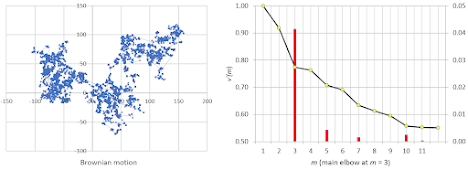Here I share my roadmap for the next 12 months. While I am also looking for external contributors and authors to add more variety, my focus — as far as my technical content is concerned — is to complete the following projects and publish the material on this platform.
Summary
All my blog posts will be available to everyone. Some technical papers (in PDF format) may be offered to subscribers only (you can subscribe here). My plan is to also produce books focusing on specific topics, covering material from several articles in a self-contained unified package. They will be available on our e-Store.
Various themes will be covered, including synthetic data, new regression techniques, clustering and classification, data animations, sound, “no code” machine learning, explainable AI and very deep neural networks, a zoo of probability distributions, Excel for machine learning, experimental math, innovative machine learning, and off-the-beaten path exercises. Read the full article here.
On a different note, my promised article on shape recognition — part of this larger publishing project — is now live. You can find it here (see the section "Free Books and Articles" after following the link). Below is the abstract.
Abstract for the shape recognition article:
I define the mathematical concept of shape and shape signature in two dimensions, using parametric polar equations. The signature uniquely characterizes the shape, up to a translation or scale factor. In practical applications, the data set consists of points or pixels located on the shape, rather than the curve itself. If these points are not properly sampled - if they are not uniformly distributed on the curve - they need to be re-weighted to compute a meaningful centroid of the shape, and to perform shape comparisons. I discuss the weights, and then introduce metrics to compare shapes (observed as sets of points or pixels in an image). These metrics are related to the Hausdorff distance. I also introduce a correlation distance between two shapes. Equipped with these metrics, one can perform shape recognition or classification using training sets of arbitrary sizes. I use synthetic data in the applications. It allows you to see how the classifier performs, to discriminate between two very similar shapes, or in the presence of noise. Rotation-invariant metrics are also discussed.




No comments:
Post a Comment
Note: Only a member of this blog may post a comment.